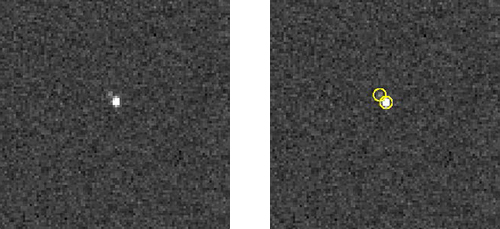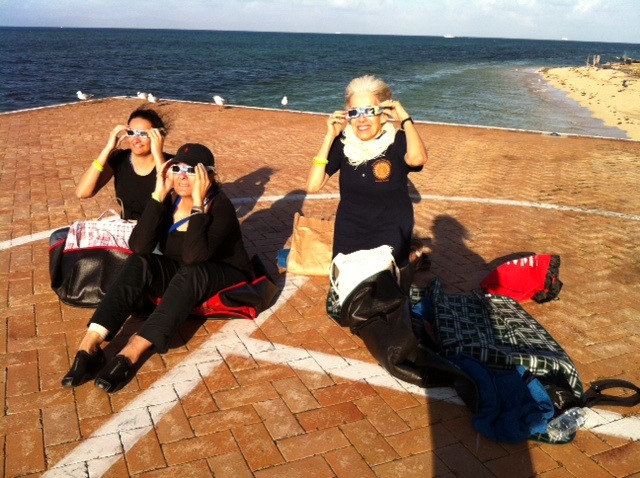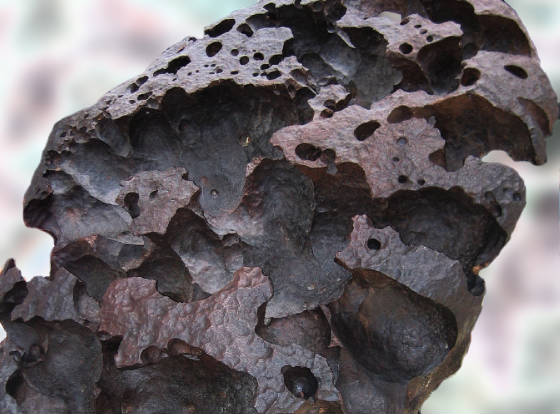Every now and then--sometimes as frequently as twice a week--a publisher asks me to look at an early version of an author's new book and prepare a brief burst of praise to appear on the jacket. If I agree to write such a puff, or "blurb," I take the assignment seriously. I read the whole manuscript, make notes, and try to say something substantive. Most of the time, I reply to blurb requests with regret and excuses. "I'm too busy" is the usual truth, and furthermore "I'm an embarrassingly slow reader." But if a book comes to me on a topic of interest by a writer I know and admire, I try to find the time to comply. This was certainly the case with Alan Lightman's new work, The Accidental Universe.
I first met Alan nearly forty years ago at Cornell University, when he was a postdoctoral fellow in astrophysics. After he altered his career trajectory, I became an instant fan of his enviable first novel Einstein's Dreams.
Of course I said yes to his editor at Pantheon.
As soon as the bound galley arrived I put it on top of a to-do pile in my new office at Smith College. And then it disappeared under something else. I lost mental track of it, too, as I realized months later, when the galley resurfaced long after the due date for my blurb.
Having just received the finished product, compliments of the author, I read it with delight. If I hadn't missed the chance, this is what I might have said about it:
"The man who once conjured dreams for Einstein here squeezes a multiplicity of universes into one slim volume. Being both an astronomer and a novelist empowers Alan Lightman to parse the cosmos with authority and sensibility. Subplots involving his old, comfortable wing-tips, say, or the wingspan of an osprey, enliven his explorations of the numinous in The Accidental Universe."








